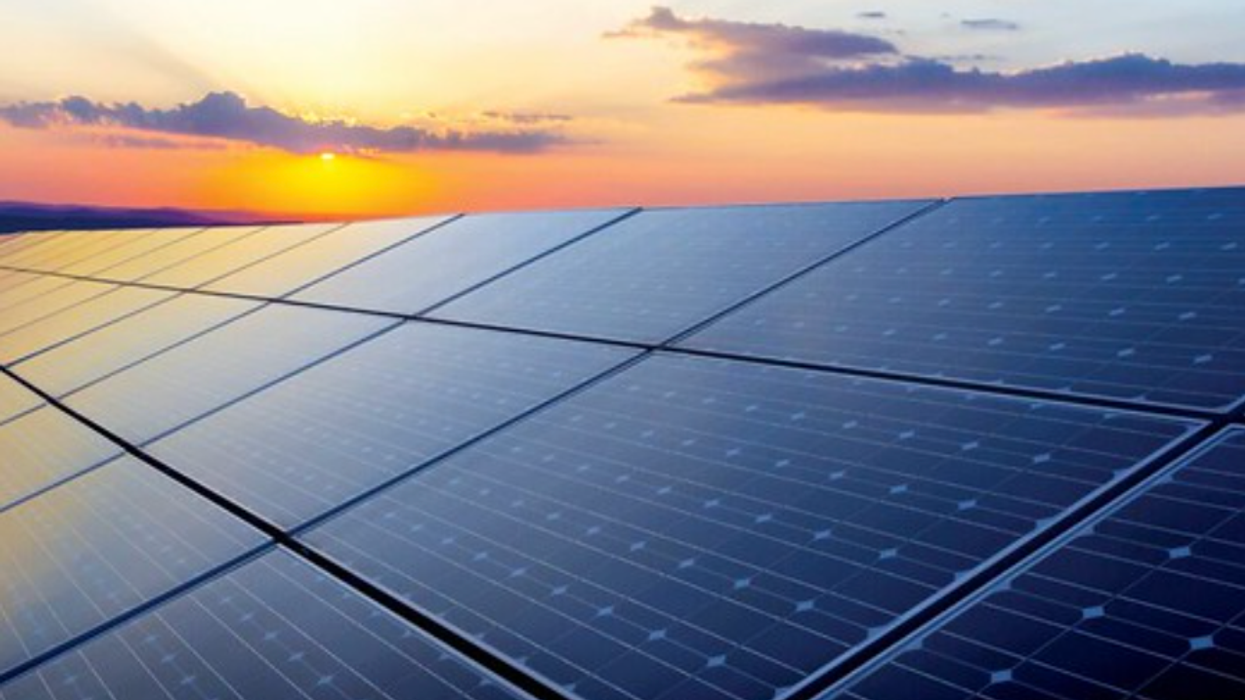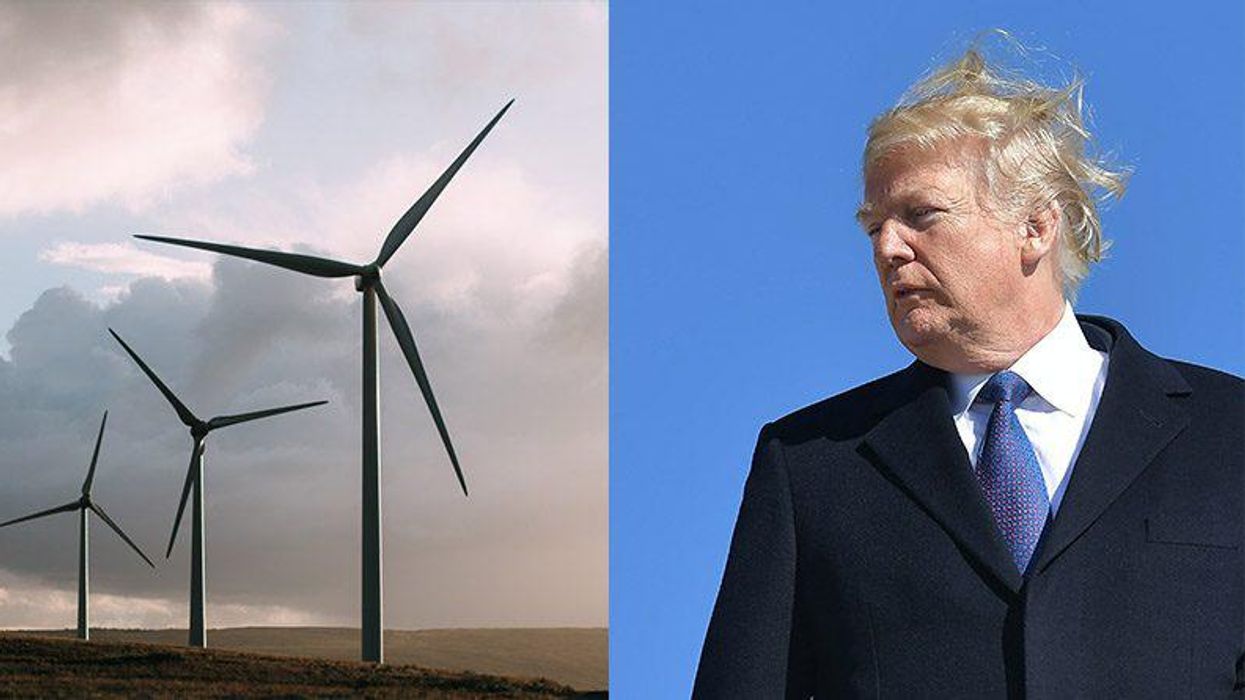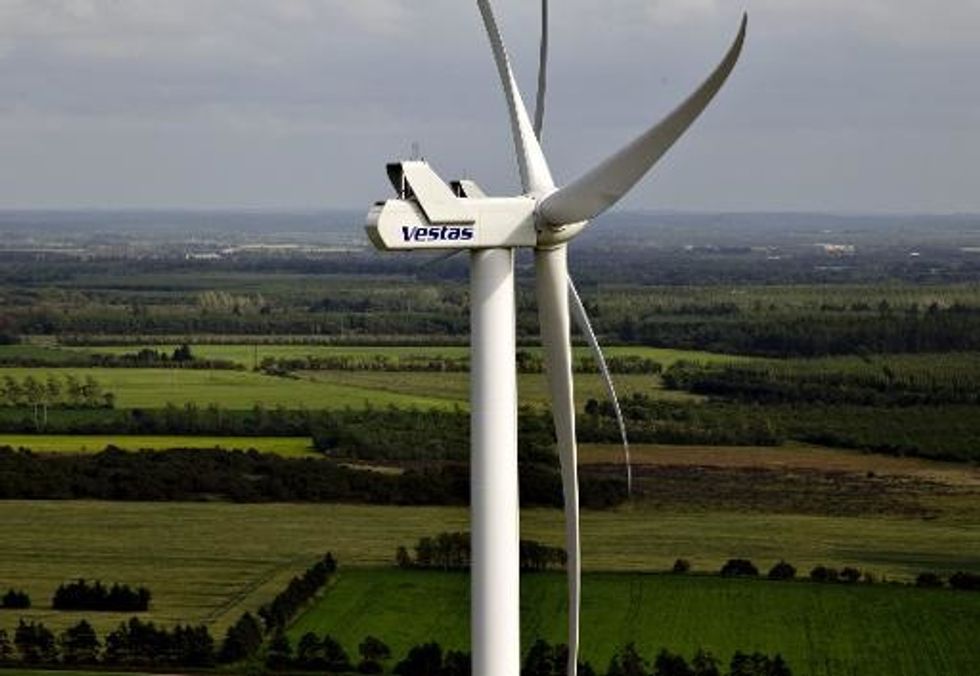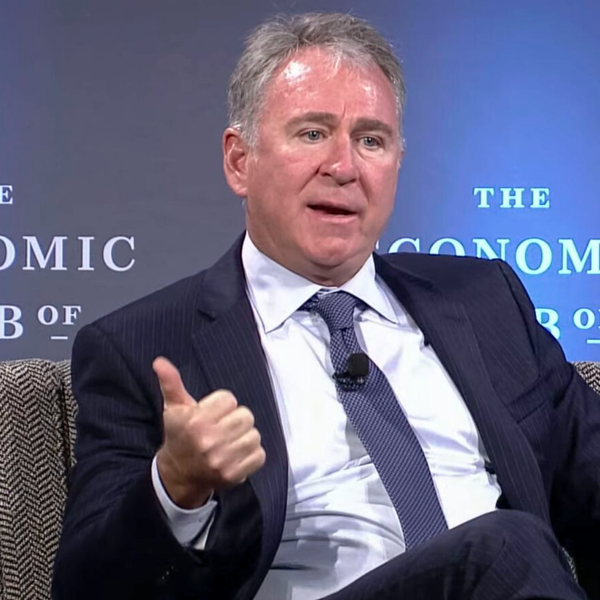Real Men Burn Stuff! Trump's Stupid War On Renewable Energy
“We wanted flying cars, instead we got 140 characters.” That famous 2011 quip from the venture capitalist Peter Thiel still resonates, even though Thiel himself has become a deeply malignant force in American politics. I’ll write soon about the madness of the Trumpist tech bros, but for today let me focus on Thiel’s original insight — that everyone, venture capitalists included, had come to focus far too much on digital technology, neglecting the possibilities of breakthroughs in technologies that deal with the physical world.
Yet here’s the irony: In the years since Thiel’s lament we have, in fact, seen revolutionary progress in one fundamental physical-world technology, energy production. Yet the people Thiel and his buddies helped put in power are doing all they can to reverse that progress and send America back into the energy Dark Ages.
Most critiques of the One Big Beautiful Bill have focused on the way it explodes the budget deficit while imposing immense hardship on lower-income Americans. Yet energy policy is also an important component of the OBBB, which basically tries to roll back the rise of solar and wind power — sources that have accounted for more than half the worldwide increase in electricity generation since 2015.
To understand how self-destructive that effort is, you need to know three things about the economics of renewable energy.
First, there are powerful environmental reasons to favor renewables over fossil fuels where possible. Reducing greenhouse gas emissions is the most important, because climate change is an existential threat. But even aside from climate concerns, the air pollution created by burning fossil fuels takes a major toll on health and productivity, which solar and wind don’t.
Second, a transition to renewables, which might have seemed like pie-in-the-sky, hippy-dippy stuff a generation ago, is now not just feasible but the only sensible energy strategy. Here’s a chart showing estimates of the levelized cost of electricity generation (LCOE), adjusted for inflation, for a variety of renewable energy technologies, compared with the costs of power from fossil fuels. I’m aware that LCOE is an imperfect measure, but the results are still astonishing:
We’re talking in particular about a 90 percent decline in the real cost of power from solar panels and a 70 percent decline in the cost of wind power. This isn’t just progress, it’s a revolution.
And — my third point — the revolution isn’t over. Some technological leaps involve one big idea, which takes time to implement but is basically a once-and-done deal — which seems to be the case, to take an example I’ve studied, for freight containerization. Progress in renewable energy, however, has involved a continual process of “learning by doing,” in which efficiency keeps rising and costs falling as the industry expands. This is exactly the kind of situation in which government subsidies — like the clean-energy tax credits instituted by the Biden administration — can accelerate progress and boost overall economic growth.
But the OBBB killed those tax credits. And the Trump administration has been taking executive action to stall renewable development, for example, by halting federal approvals for wind farms. In general, MAGA clearly wants to move us back to burning gas, oil and above all coal. Why?
Campaign contributions no doubt play a role. Fossil fuel industries donate almost exclusively to Republicans. But renewables are also big business these days, and especially in red states. Texas, in particular, is by far the nation’s largest producer of wind power and gets a larger share of its electricity from renewables than any other state. Why would the G.O.P. want to demolish a key pillar of economic success in its biggest source of electoral votes?
Honestly, I think this is a case where the usual logic of money-driven policy is trumped (Trumped?) by irrational, psychological — you might even say psychosexual — issues.
We know that Trump himself has a weird thing against wind power, insisting that wind turbines massacre birds and kill whales. This appears to stem from the refusal of the Scottish government to cancel an offshore wind farm he thought ruined the view from one of his golf courses.
But it’s not just Trump. There is, it turns out, a strong link between the manosphere — the online movement promoting “masculinity,” misogyny and opposition to feminism — and anti-environmentalism. For example, in 2023 Jordan Peterson convened a high-profile conference to declare that concerns about climate change are a “conspiracy run by narcissistic poseurs.”
If you think about it, this makes sense — not intellectually but emotionally. Don’t concern about the environment and advocacy of “clean energy” sound kind of, well, feminine? Real men burn stuff and don’t worry if the process is dirty.
And manosphere-type attitudes are clearly widespread in MAGA. One of the main arguments Trump officials and supporters have made for tariffs is that they will bring back “manly” jobs in manufacturing. (They won’t, but that’s another story.) The same notion underlies the doomed attempt to revive the coal industry.
But here’s the thing: MAGA and the manosphere may hate clean energy, but they won’t be able to stop the rise of renewables. All they can do, possibly, is stop the rise of renewables in the United States. Other nations, China in particular, are making huge investments in wind and solar power, because they understand what Trump and his allies refuse to acknowledge — that this is the only way forward.
So while MAGA’s attempt to strangle clean energy will increase the risks of global climate catastrophe, it will also increase the risks of U.S. economic stagnation, forcing our nation to remain wedded to obsolete energy technologies while other countries march into the future.
Paul Krugman is a Nobel Prize-winning economist and former professor at MIT and Princeton who now teaches at the City University of New York's Graduate Center. From 2000 to 2024, he wrote a column for The New York Times.
Reprinted with permission from Substack.












